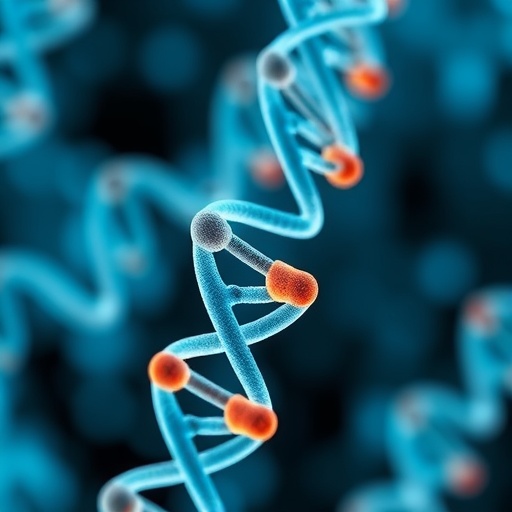(Boston)–Researchers from Boston University Schools of Medicine (BUSM) and Public Health have developed and evaluated a fast, accurate and cost-effective approach to assessing the carcinogenicity of chemicals–that is, whether exposure to a chemical increases a person’s long-term cancer risk. As a result, they have generated one of the largest toxicogenomics datasets to date, and have made the data and results publicly accessible through a web portal at carcinogenome.org.
Despite significant investments into cancer research over the last decades, approximately 1.7 million new cancer cases and 600,000 cancers deaths were estimated in the U.S. in 2017 alone. Of these, 90-95 percent were not attributable to known heritable genetic factors, making environmental exposures a major suspect in these cases.
The researchers exposed human cell lines to hundreds of individual chemicals known to be carcinogens and non-carcinogens. They then generated gene expression profiles from the exposed cell lines, and the profiles (signatures) were input to a machine learning algorithm, (a computer model), that was trained to distinguish between carcinogens and non-carcinogens. The accuracy of the model was then evaluated by testing its capability of correctly ‘guessing’ the carcinogenicity of known chemicals.
According to the researchers, of the tens of thousands of chemicals in commercial use, only a small number (less than two percent) have been thoroughly tested for their potential carcinogenicity, in part due to the extremely costly and time-consuming nature of the current chemical screening process. “The method we developed, once further optimized and validated, would provide for a fast and cost-effective approach to the prioritization of chemicals for further (more expensive/extensive) testing. Addionally, our approach could be easily extended to evaluate adverse effects of exposure other than carcinogenicity such as endocrine disruption, metabolic disruption, etc.,” explained corresponding author Stefano Monti, PhD, associate professor of medicine at BUSM.
Although more work needs to be done before this approach can be applied in regulatory and clinical settings, the researchers hope this study will stimulate others to take on the challenge and to join the effort to develop more cost-effective approaches to chemical screening and the consequent elimination of hazardous substances from the environment.
###
The study involved collaborators at the National Toxicology Program/The National Institute of Environmental Health Sciences and at the Broad Institute of Massachusetts Institute of Technology MIT and Harvard.
These findings appear online in the journal Environmental Health Perspectives.
Funding for this study was supported in part by the Find the Cause Breast Cancer Foundation (http://findthecause.
Media Contact
Gina DiGravio
[email protected]
Related Journal Article
https:/
http://dx.




